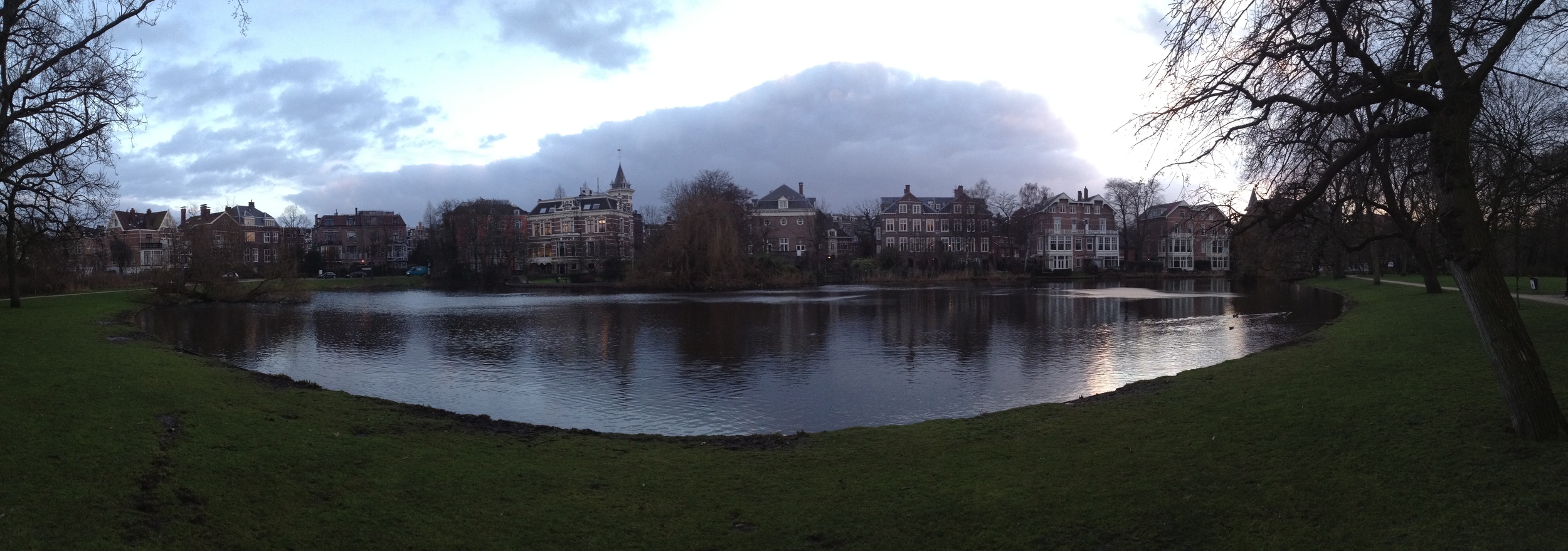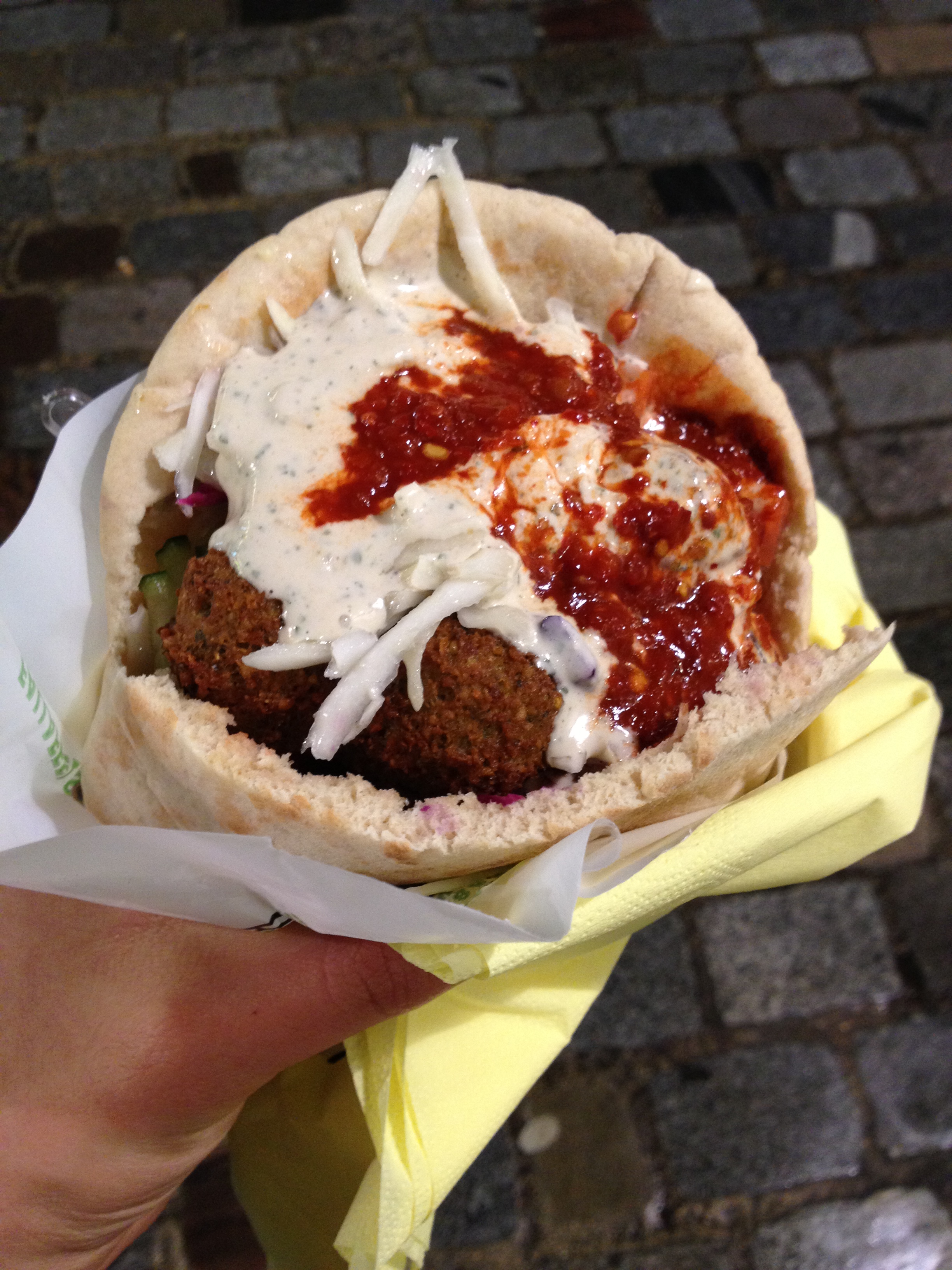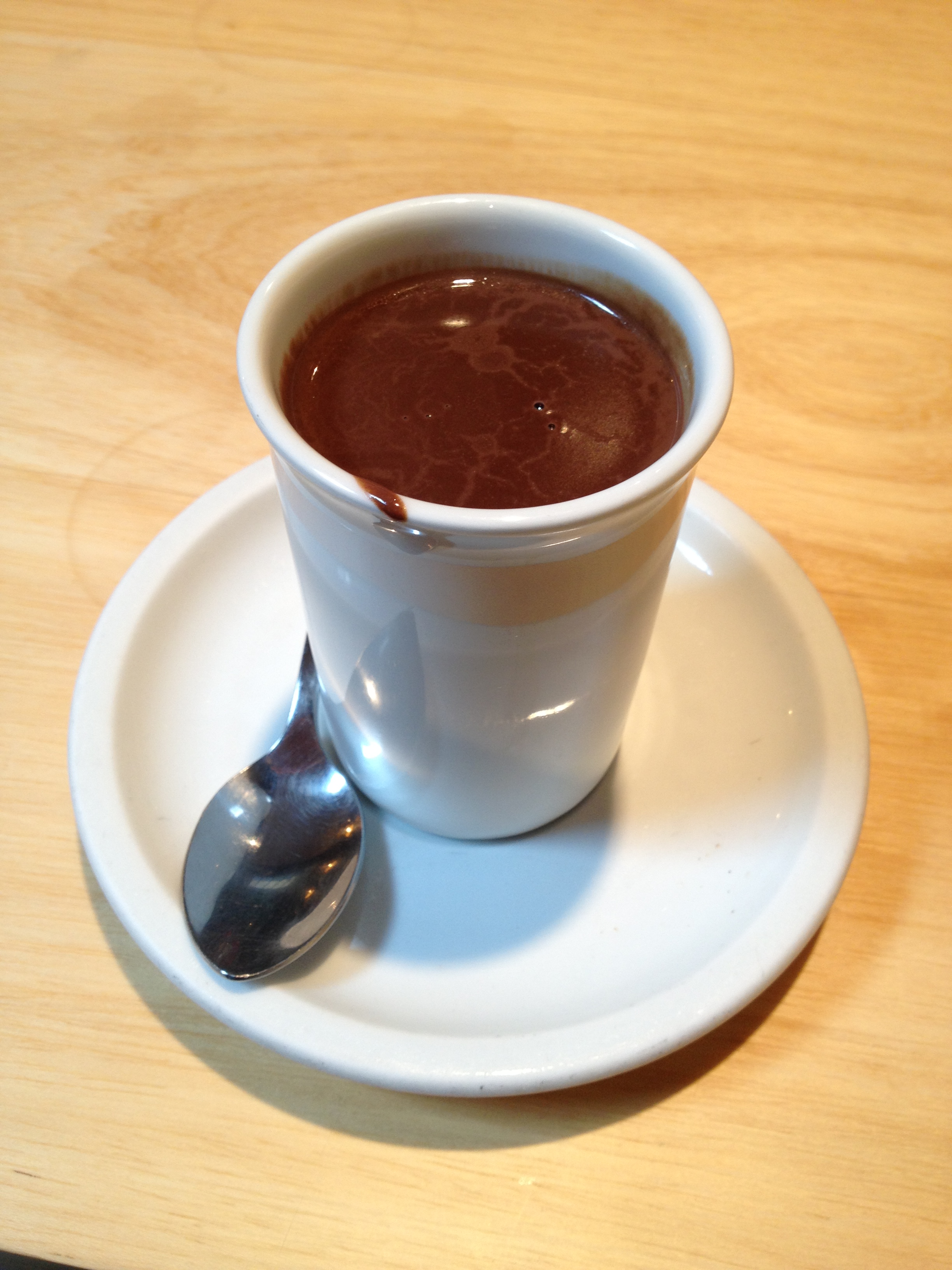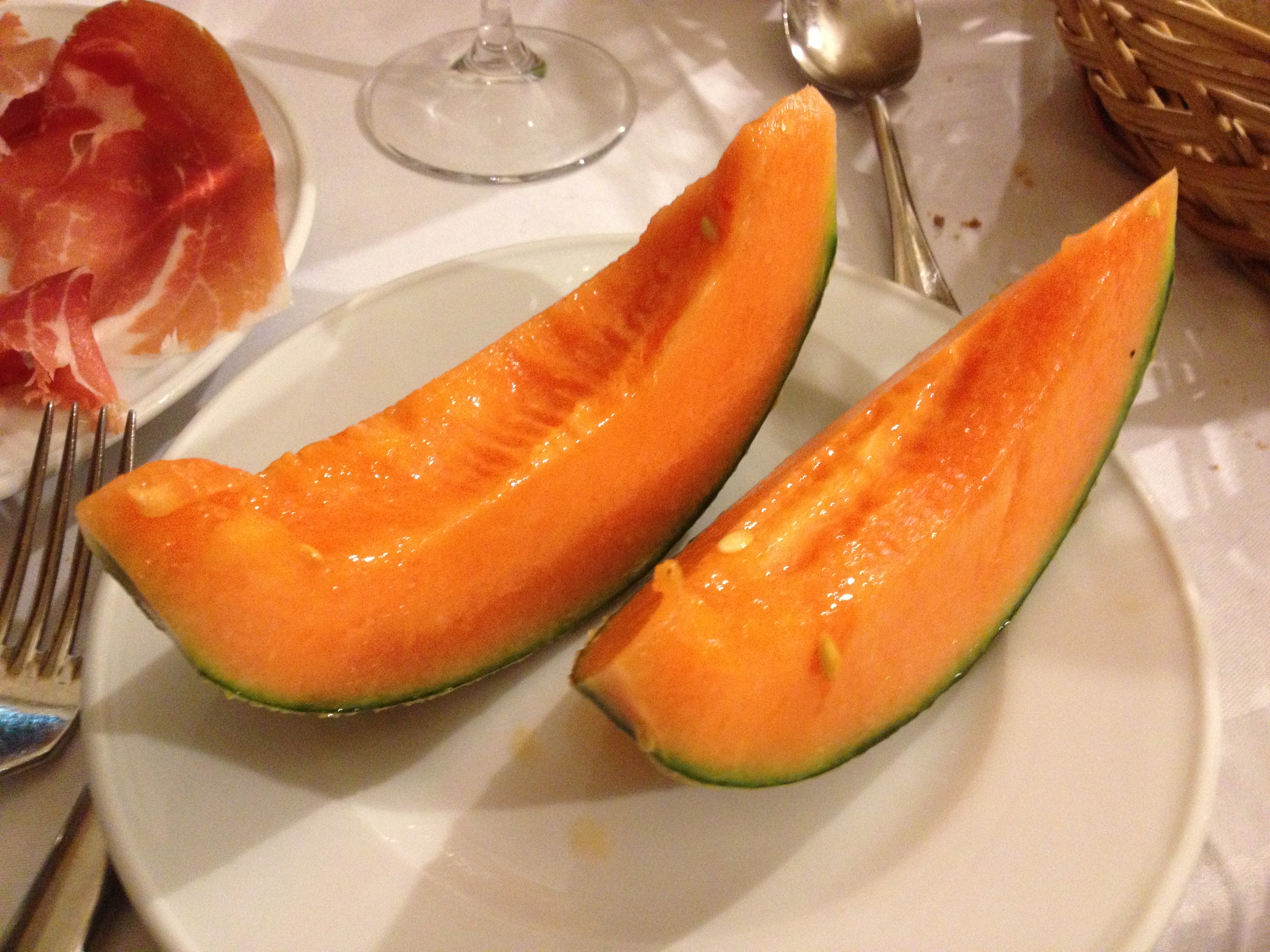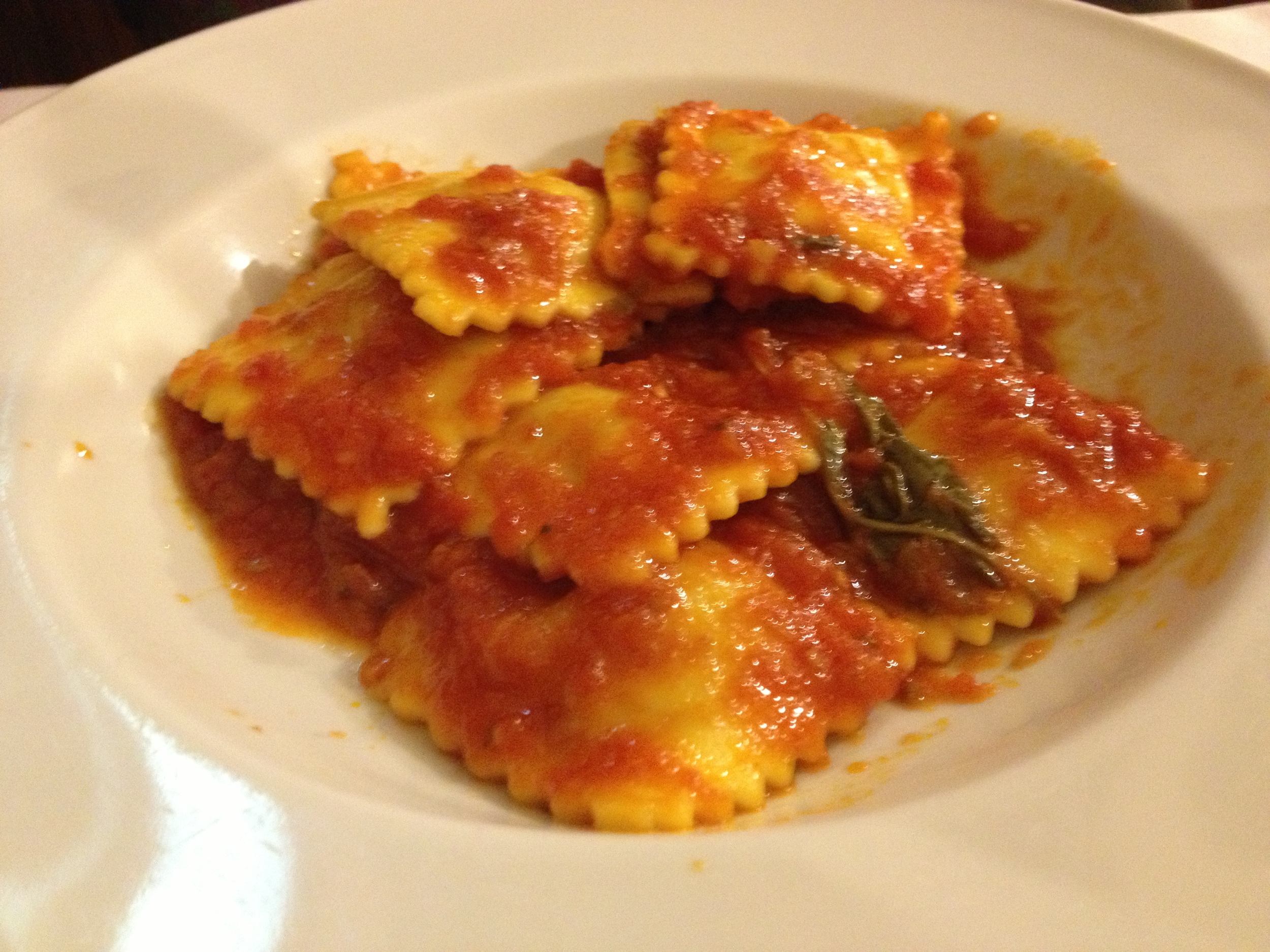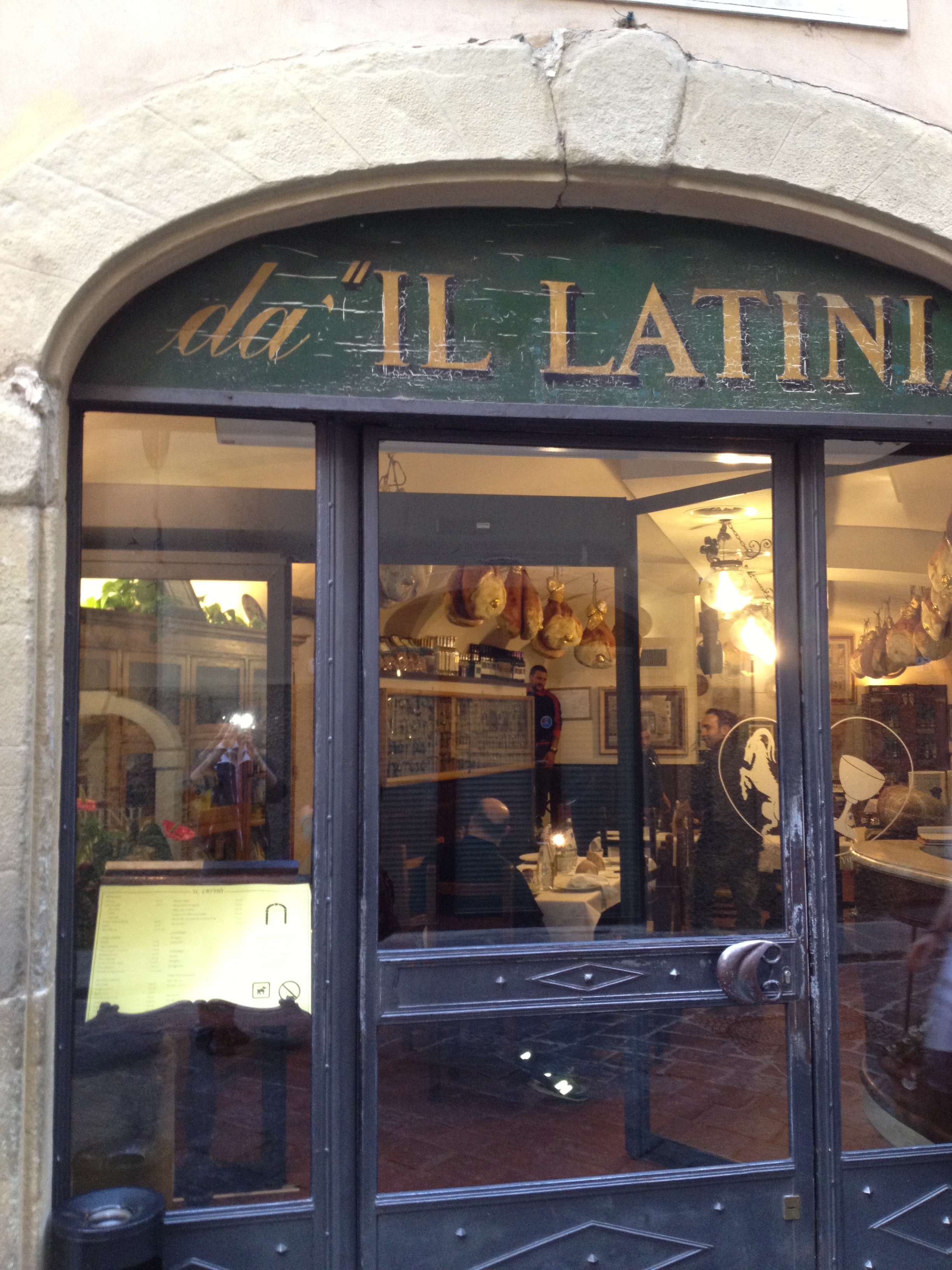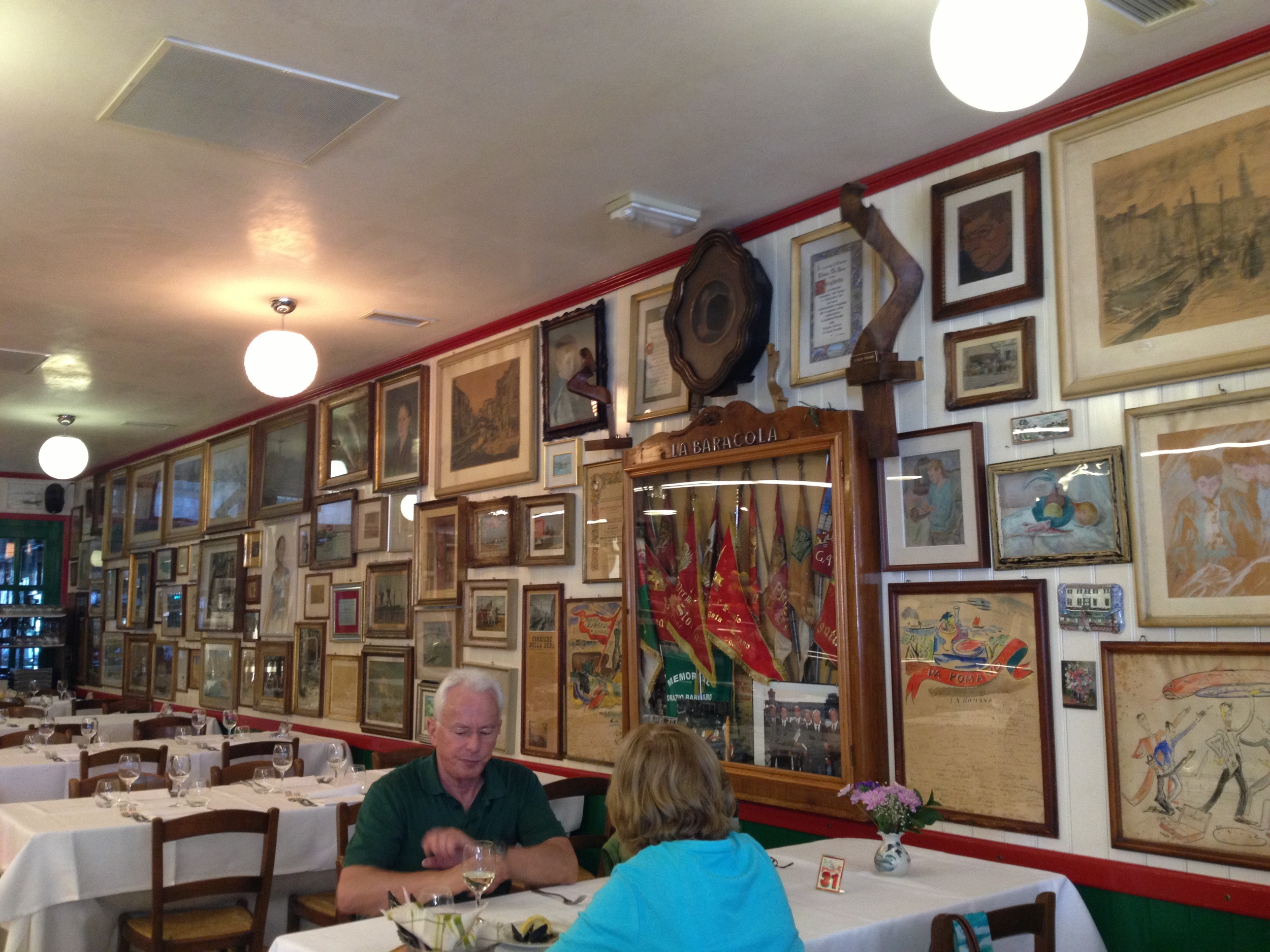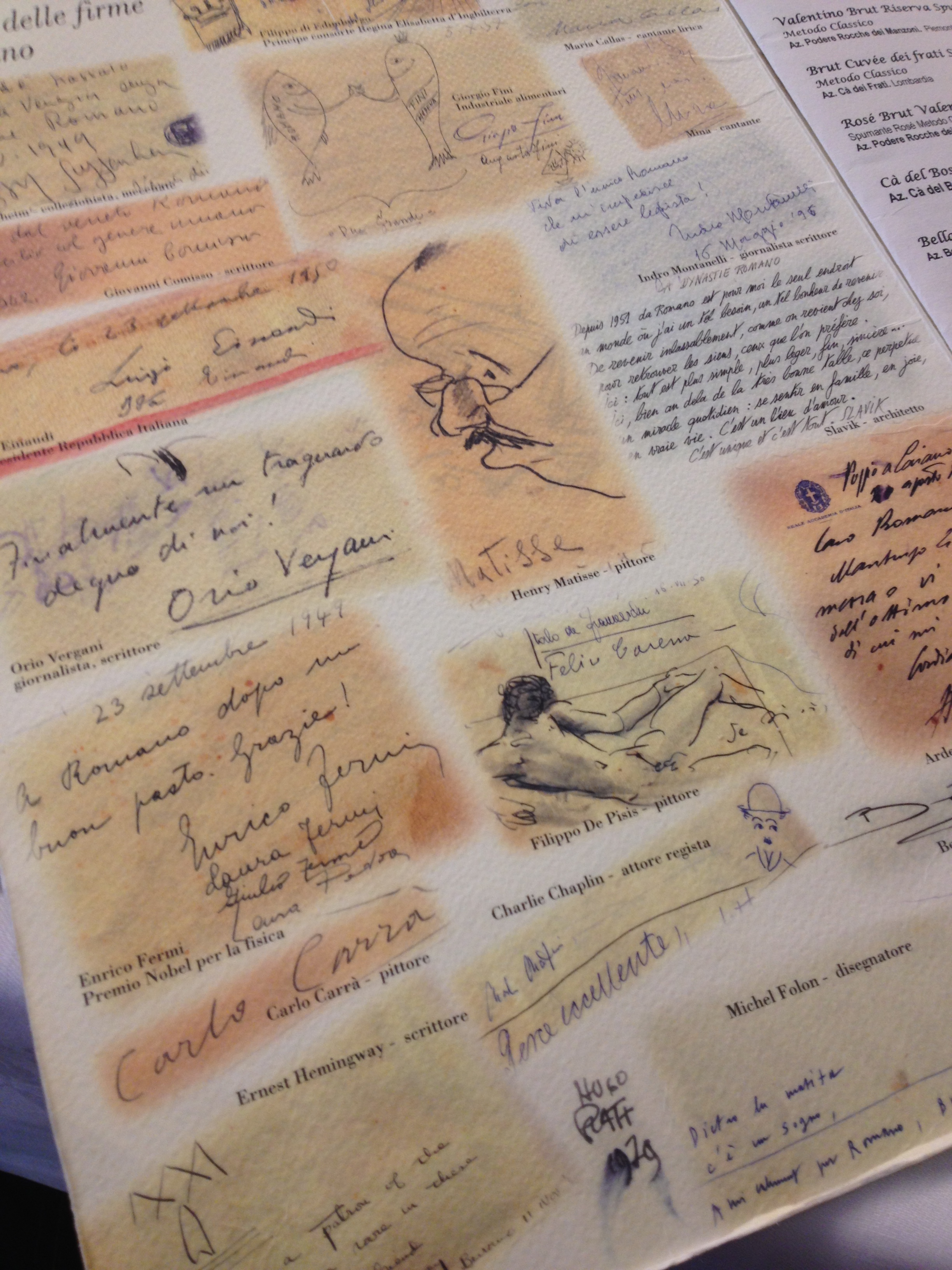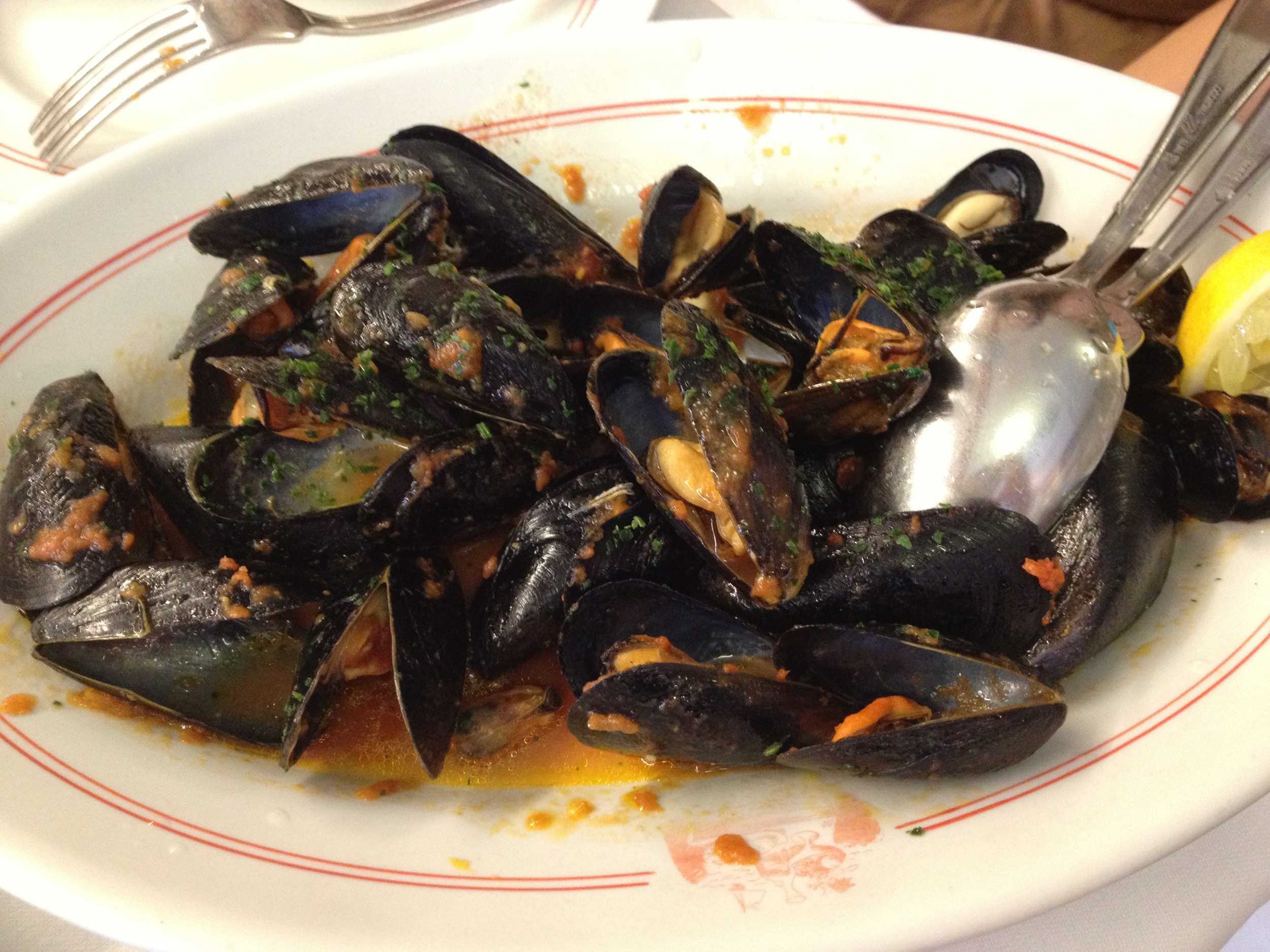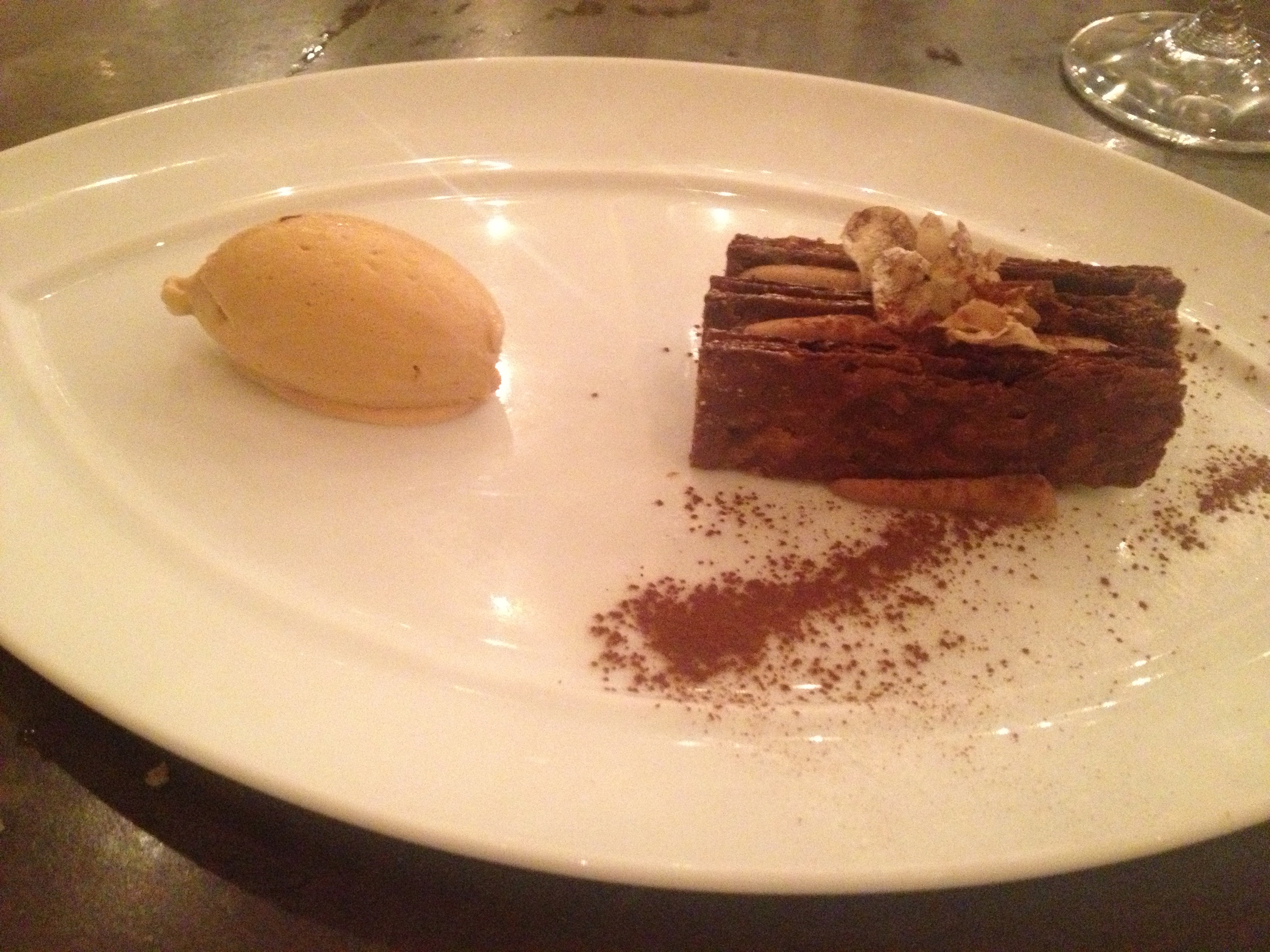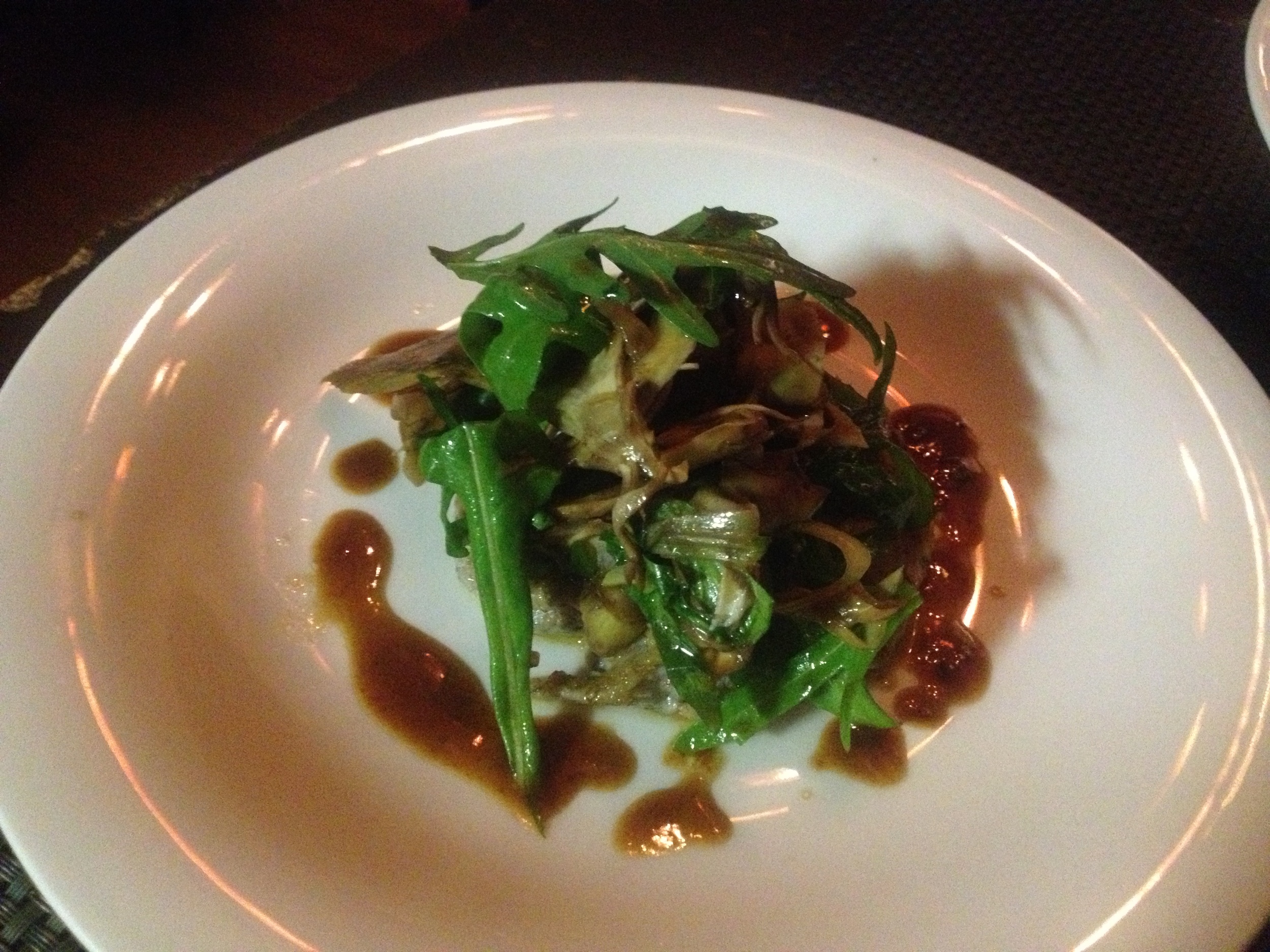We are bringing this post back to guide any exchange students in COMM 2015 going to Europe.
Helpful links:
http://randwalk.com/?category=Europe
http://randwalk.com/paris-restaurant-guide-13/#item=foodie-in-paris
http://randwalk.com/european-restaurant-guide-13/
Safely nestled between two windows in my home in Maple, Ontario is an IKEA frame that showcases an odd collection from my exchange term. The line-up of simcards is utilitarian but no less artistic than a collection of fridge magnets, coat-of-arms, or disparate objects from rip-off tourist shacks. Most are pristine but some have coarse edges from cutting, a reminder of their use. Together, the bite-size pieces not only represent the breadth of this term, but also the depth of each trip enabled by abundant information.
To count the countries, go no further than counting the simcards. There are 17. Before leaving, I had been to but five countries: China, Japan, Canada, US and Mexico. A hundred days later, 22 altogether. You might be tempted to downplay the seventeen nations by asserting they are all similar. Nothing can be further from the case. Countries with common borders, tongues, histories are culturally distinct. The Portuguese hate the Spanish; the Swedes are fishmongers as the Norwegians are oil-mongers; Germany is a whole other animal. No two countries are as similar as USA and Canada are. The model of the European Union is “united in diversity,” except that unity is difficult in these circumstances. “Great” men have tried. Augustus, Charlemagne, Napoleon, Hitler - they all failed.
As an exchange destination, there is no place with as much culture and history as Europe. It’s a world of art museums by day and concerts by night. The rest of the world will copy the nightlife and shopping malls to perfection but culture and history are irreplicable. And the cultural centre of Europe is Paris.
The night starts young in Paris. After eating some bread and drinking some wine, students line up and pay 20 euros of cover (expensive but worth it). They squeeze themselves into a grandiose room by 8pm and wait for the lights to dim and the music to start blasting. It’s Denis Matsuev playing Rachmaninov and Bartok.
Exchange is a costly affair. First, it is bank breaking: $24000 total cost, divided mainly into transportation ($5500), food ($5000) and accommodations ($8500). The opportunity cost is even more burdensome. To take a four-month vacation at a crucial stage in life is costly. Accomplishments that would have otherwise been had in Kingston or Toronto are lost, perhaps forever. Exchange is one of the final opportunities for carefree gallivanting, another opportunity cost. In other words, the monetary cost or the incremental monetary cost, say, of going to an extra city, is insignificant compared to the opportunity costs. This is a rallying call for future exchange students to make the most of their experiences, and not to let small details, like an expensive plane ticket, invalidate their entire plans. It is unsolicited advice to wake up early to see the essential sights, and to drink below the memory-losing rate.
Per Day Cost by City
Cost Breakdown by City and Activity
My nominal cost has no doubt been recovered, as consumer surplus is generally positive. But opportunity cost is only recouped by the lessons learnt. The lessons learnt from living in a foreign country are valuable. Some obvious examples are improvement in French and meeting people from difficult backgrounds. But the most unsettling experiences come from assimilating into unfamiliar systems. Without a command of the language and an understanding of common practices, powerlessness prevails. The lowest point of exchange must have been missing the plane to Barcelona twice: the first my own fault, the second a consequence of a tyrannical crew and a decisively French attitude. It was culture shock exemplified. On the first pass, I could not find a French taxi so I paid a French driving school instructor an exorbitant 40€ to rush me to the airport after he slowly finished his cigarette. On the second pass, I waited patiently, Economist in hand, for the lines at the gate to clear. When I turned up, plane doors still open but the mental gates were closed. In my home turf, I would have put up a fight; in Paris, I admitted defeat.
A frazzled tourist travels outside his own skin. Five extra Turkish Lira on the bill. A stinky hotel room in Milan. Rip-off cellphone plans. A 20€ cab ride from a porn-addicted driver. They are small monetary expenses but deeply emasculating. To overcome such tribulations is the most rewarding aspect of exchange. To escape Anglo-Saxon culture is essential for a true exchange experience. France (especially Paris) is compelling in this respect not least because French stereotypes are largely true.
Paris is still a culinary epicenter but Barcelona and London come close. Paris, in a direct comparison with Toronto, performed decidedly better. The French influence might waver but will never die. Any proper restaurant, even in polyglot Toronto, will use the French techniques of old. Paris was not more expensive. The restaurants, in total, cost 1180€, or $1615, compared to a similar bill ($1650) in Toronto. For a typical three-course meal, dining well in Paris is surprisingly affordable, though eating cheaply is easier in Toronto.
European Schools are messy. ESCP is a high-ranking European institution but performs worse than most North American schools. The French educational system is predicated on structure and rote learning. There is no latitude for creativity. French students laboriously take down every word of their professors then submit thoughtless tomes of informational regurgitation. Classes are often disorganized. One presentation session was cancelled thirty minutes prior and rescheduled to an infeasible time. Professors take days to reply to emails or ignore students altogether. I did learn substantially in two classes: one on exotic derivatives and VBA modeling, another on the European Union. But the bad courses are especially bad, exacerbated by a no-skip policy rooted in the French preference for standardization and self-aggrandizing.
The result was a bit of sweet and sour. Most of the marks maximized an effort-adjusted return. I managed to squeeze through with a 55% in advanced financial accounting, surely one of the lowest numbers to grace any of my or your transcripts. Three marks are B's by the Canadian standard, the lonely and plump letter unseen since high school, but may be adjusted when belled against the class. My average also cut the 80% mark quite efficiently. The net result is that my mark tends more towards an A than an A+ if a grad school should care.
The marks spell "BAD"
Exchange will make you happy, but it will not bring the joys and satisfaction of accomplishment. It is intensely fun, eye-opening but not euphoric. It is a four-month reward, deserved or not, and should be viewed as such.

